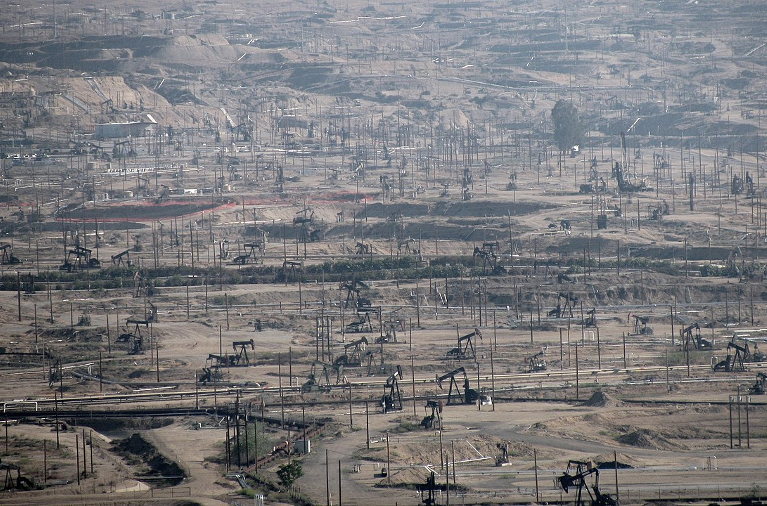Government data for oil field production may represent crude oil or crude oil + condensate. If graphs and tables in this report only include crude oil, that will be specified otherwise the data can be assumed to be crude oil + condensate. Typically, condensate represents less than 20% of the total crude oil + condensate production for a field or play.
U.S. crude oil + condensate production increased significantly between 2008 and 2019. That increase was due to tight oil and deep water Gulf of Mexico (GOM) production increases. Tight oil production increased approximately 7.3 mb/d from 2008 to 2019 and deep water GOM production increased approximately 0.67 mb/d. To put 7.3 mb/d in perspective, only 2 countries, other than the U.S., produce over 5.0 mb/d of oil (Saudi Araba and Russia).
In 2021, the price of West Texas Intermediate (WTI) oil increased significantly over 2020 and even beyond the value of 2019 (2019/2020/2021 average prices were $56.99/$39.16/$67.99/barrel) but the average annual U.S. crude oil + condensate production rate was only 11.19 mb/d, down 1.10 mb/d relative to 2019. National Public Radio (NPR) news programs put an interesting spin on the low U.S. oil production rate for 2021 even though the price of oil was significantly higher than in 2020 and even 2019.
The spin from NPR is that the U.S. oil industry is showing great discipline in holding production down to prop prices up. The implication in the spin is that the U.S. oil industry could crank production up to whatever level they desire if that was their goal. But their goal is actually to maintain higher oil prices.
…click on the above link to read the rest of the article…
